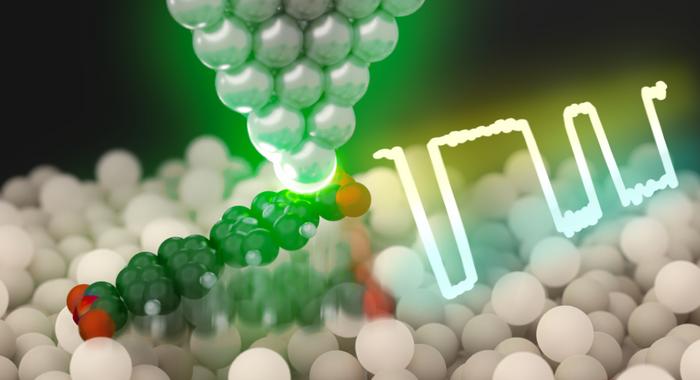Nanoscale optoelectronics is a rapidly advancing field focused on developing electronic and photonic devices at the nanometer scale. These tiny devices have the potential to revolutionize technology, making components faster, smaller, and more energy-efficient. Achieving precise control over photoreactions at the atomic level is crucial for miniaturizing and optimizing these devices. Localized surface plasmons (LSPs), which are light waves generated on nanoscale material surfaces, have emerged as powerful tools in this domain, capable of confining and enhancing electromagnetic fields. Until now, the application of LSPs has been primarily limited to metallic structures, which the team predicted could constrain the miniaturization of optoelectronics.
Nanoscale optoelectronics is a rapidly advancing field focused on developing electronic and photonic devices at the nanometer scale. These tiny devices have the potential to revolutionize technology, making components faster, smaller, and more energy-efficient. Achieving precise control over photoreactions at the atomic level is crucial for miniaturizing and optimizing these devices. Localized surface plasmons (LSPs), which are light waves generated on nanoscale material surfaces, have emerged as powerful tools in this domain, capable of confining and enhancing electromagnetic fields. Until now, the application of LSPs has been primarily limited to metallic structures, which the team predicted could constrain the miniaturization of optoelectronics.
Beyond Nanoscale: Atomic-Precision Control of Photoswitching
This pioneering research centers on the use of LSPs to achieve atomic-level control of chemical reactions. The team has successfully extended LSP functionality to semiconductor platforms. By using a plasmon-resonant tip in a low-temperature scanning tunneling microscope, they enabled the reversible lift-up and drop-down of single organic molecules on a silicon surface. The LSP at the tip induces breaking and forming specific chemical bonds between the molecule and silicon, resulting in the reversible switching. The switching rate can be tuned by the tip position with exceptional precision down to 0.01 nanometer. This precise manipulation allows for reversible changes between two different molecular configurations.
An additional key aspect of this breakthrough is the tunability of the optoelectronic function through atomic-level molecular modification. The team confirmed that photoswitching is inhibited for another organic molecule, in which only one oxygen atom not bonding to silicon is substituted to a nitrogen atom. This chemical tailoring is essential for tuning the properties of single-molecule optoelectronic devices, enabling the design of components with specific functionalities and paving the way for more efficient and adaptable nano-optoelectronic systems.
Future Directions
This research addresses a critical hurdle in the advancement of nanoscale devices by offering a method to precisely control single-molecule reaction dynamics. Furthermore, the findings suggest that metal–single-molecule–semiconductor nanojunctions could serve as versatile platforms for next-generation nano-optoelectronics. This could enable significant progress in the fields of sensors, light-emitting diodes, and photovoltaic cells. The precise manipulation of single molecules under light could significantly impact the development of the technologies, providing wider capabilities and flexibility in device design.
Journal
Nature Communications
DOI
10.1038/s41467-024-51000-w
Article Title
Atomic-precision control of plasmon-induced single-molecule switching in a metal–semiconductor nanojunction
Article Publication Date
7-Aug-2024





